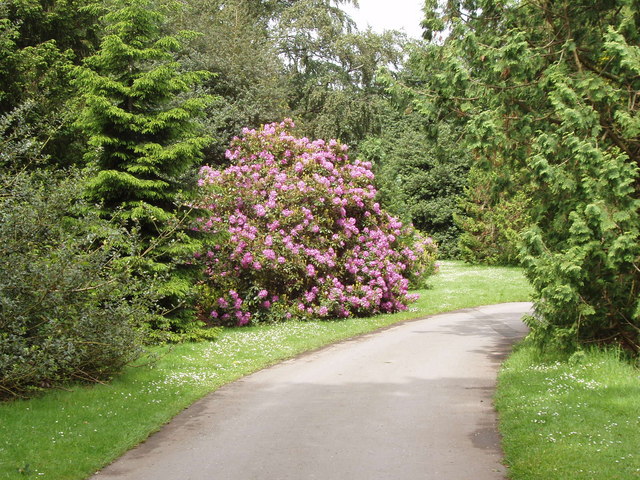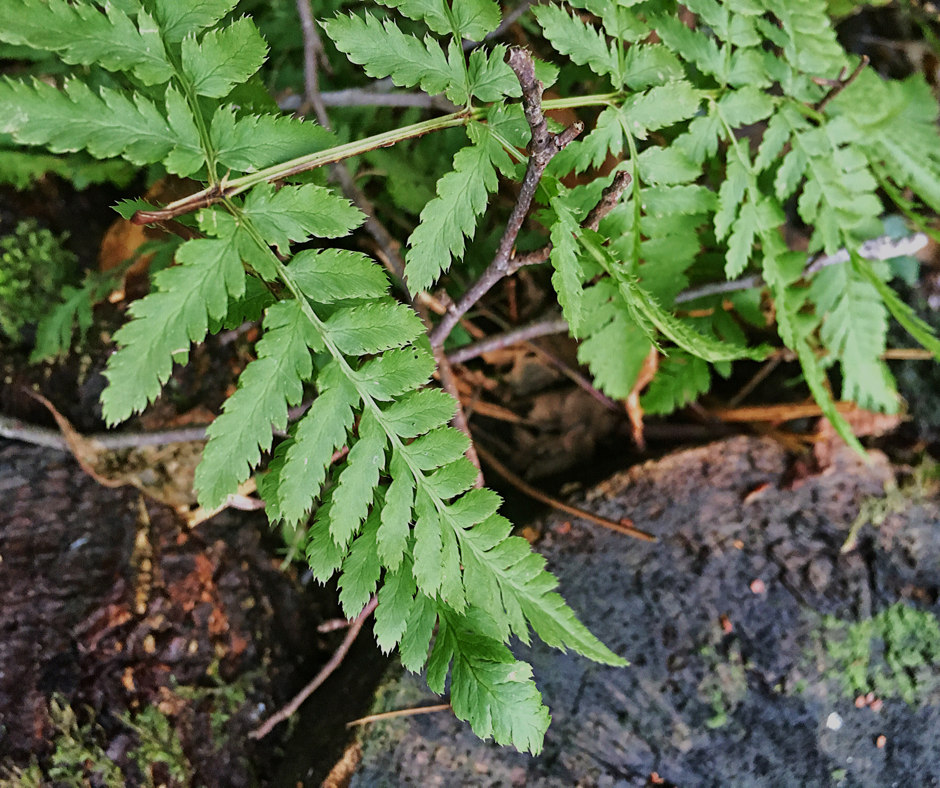Last month I was enjoying the lush of a university campus. There, I observed something we all have seen around in almost all private and government campuses – monoculture.
A Monoculture of Poplar Trees
Beautiful looking rows of trees of the same type (our definition of monocultures) in urbanscapes have been a trend across the globe since Andre Le Notre laid out the Sun King’s grounds at Versailles in the 16th century (at least that’s the beginning for European landscape architects). These symmetrically planned parks and gardens are like art pieces made from nature. However, Leda Marritz, an arborist, a horticulturist, and a landscape architect has something to say about this art form:
“This practice of only planting a single species is something that has always bothered me. I call this condition we landscape architects suffer from Simple Single Species Syndrome Sickness or S5.”
Leda Marritz has been in the field for over thirty years now, and she refers to this beauty trend as a sickness. Beauty is often defined as perfection, but isn’t this definition of beauty the actual sickness?
Repetitive, accurate patterns do not have much to do with the beautiful wildness of nature. Not offering anything surprising, they easily allow us to take our eyes off the trees lined up like soldiers.
Even the birds lose their interest. They have a preference for a certain type of tree and its location when it comes to settling. You won’t find a raptor’s nest in about any tree in the city. Raptors (generally eagles and hawks) are very picky about their nesting grounds. For example, the osprey, a threatened fish-eating raptor, builds a large stick nest in a tall, most of the times dead, tree. In our perfectly planned urbanscape, those will rarely be found.
Eucalyptus trees are starkly present, but they are non-natives in India and almost invasive. High courts in Southern India have suggested a ban on eucalyptus. These stubborn sturdy trees are well known for reducing water table and leave wells dry. Their beautiful looking monocultures provide oxygen and lush green surroundings but sap us out in the long run.
These sly monocultures are killing birds of prey and waterbirds. The rest you can guess – an ecological imbalance.

Losing predators leads to the increase of the insect population. Insects in turn breed and migrate to crop fields destroying the crops and increasing the demand for insecticides. This results in the decrease of production. Using insecticides harms waterbodies and degrades the quality of crops. In cities, these insects act as vectors of many diseases like malaria, lyme, filariasis, yellow fever, dengue, and more. Insects like grasshoppers, whiteflies, mealybugs and some beetles carry viruses which infect crops. All this, eventually, harms us.
Let us recollect how the food and environment crisis began. It started by planting monocultures.
So, what can we do about this?
A good beginning involves learning from colonial history. It’s a well-studied fact that botanical gardens substantially aided colonization. This fact surprises people, but it’s very true. For example, botanical gardens broke Dutch monopoly over spices and herbs in Kolkata. You can learn more about how botanical gardens helped to establish the British Empire here. Kew Botanical Garden is one of the most famous and most beautiful gardens around. It does not involve monocultures, yet it looks elegant.

Botanical gardens achieve more than what simple single species syndrome sickness can achieve. It does involve a bit of brainwork, but it is worth it, as it is good for us and for the environment.
The famous Garden at the Bay in Singapore is a role model regarding variety. This idea of perennial polyculture has been implemented in a few places. Hans Raj College has planted 500 species of trees on the Delhi University campus. Recent Arbor Day plantations (certain days throughout the year which are dedicated to planting trees) have also diversified.
It is high time we follow their lead and stop planting monocultures blindly. Let us not naively plant fancy trees in our respective campuses. While we are blindfolded by the lush-monotonous-green on our supposed quest to save the environment, monocultures are wrecking havoc. It’s time we stop, and ask the question – are we doing it right or are we just trying to satisfy our aesthetic eye with symmetry and perfection?

Leave a Reply